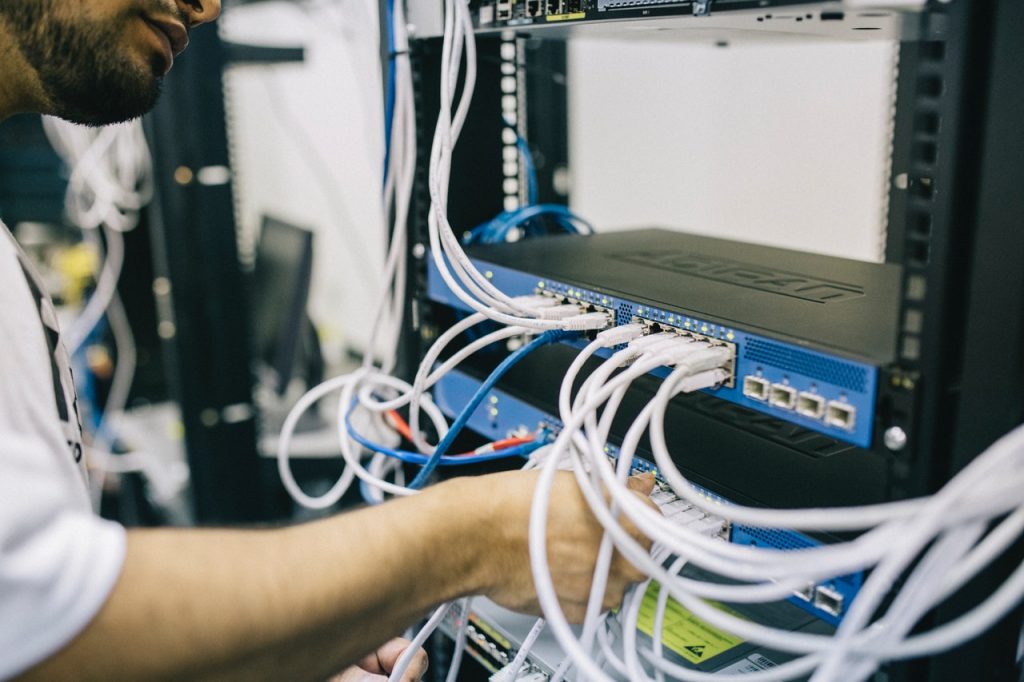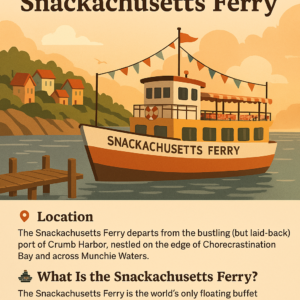As part of Australia’s NBN plan, you might be getting a new method of receiving your Internet connection. This is because if you’re currently on an ADSL Internet plan, your Internet speed, which affects your download speed and upload speed, is actually using copper wiring only ever designed to work with telephones.
As a result, getting your Internet service upgraded is going to have a major impact on your download and upload speeds, providing you with a much better experience while browsing the Internet. In select areas, you may be getting the Internet through a method known as FTTN or Fibre to the Node. Here’s what you should understand about how FTTN Internet service works.
Especially for some specific areas of the country, Fibre to the Node is a pivotal component of upgrading many Australians’ Internet service under the NBN plan. This is because in select areas of Australia, particularly in rural areas where ADSL is currently being used, FTTN will be the most common way of getting your Internet service.
Internet providers can use your existing copper wiring as a way to run connections from your home to an existing fiber-optic network. By connecting you to a node, you’re able to access much more reliable Internet service, since fiber optic Internet uses some of the latest technology to deliver high-speed Internet to your home.
How Fast Will FTTN Internet Be?
Under the NBN, there are several different Internet speeds that you’ll be able to get, all of which are available through FTTN. The four tiers of Internet speed include Basic, Standard, Standard Plus, and Premium. Basic offers maximum speeds of 12mbps, with Standard offering 25mbps, Standard Plus offering 50mbps, and Premium offering the highest speeds of 100mbps.
While those are the highest speeds you’ll be able to receive when browsing with NBN Internet, it’s important to recognize that during peak times, those speeds will drop. For example, between 7 pm and 11 pm, the typical evening speed of a Premium plan will likely be around 60mbps, while Basic may only have a typical speed of about 7mbps.
If you don’t use the Internet very heavily in the evenings, this may not be an issue for you; however, for families or individuals who do a lot of streaming or gaming in the evenings, you may want to get a faster plan.
One important distinction when it comes to Fibre to the Node Internet is that the proximity of your home to the node is a key factor in Internet performance and speeds. For example, if you live less than four hundred meters from the fiber node, you will be able to receive top speeds.
On the contrary, if your home is between four hundred and seven hundred meters away, your top speeds may be considerably slower, clocking in at about 60mbps instead of 100mbps. These distinctions are worth noting and might be a reason for you to talk to your Internet service provider about how they plan to handle such disruptions based on where you live, although it’s worth noting that according to the NBN, these issues should affect a minimal number of households.
While Fibre to the Node Internet is not guaranteed for all Internet customers, a large majority of Australians will be receiving this type of service thanks to the NBN. One of the greatest benefits of NBN Internet is the fact that you can still keep your current Internet service provider or switch to a different provider if you’re interested in taking advantage of a promotion that decreases the cost of equipment fees. Compare Internet plans with iSelect if you want to get the best deal possible on fibre to the node Internet.













